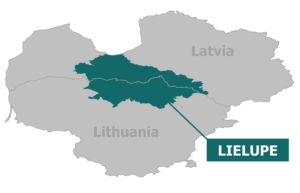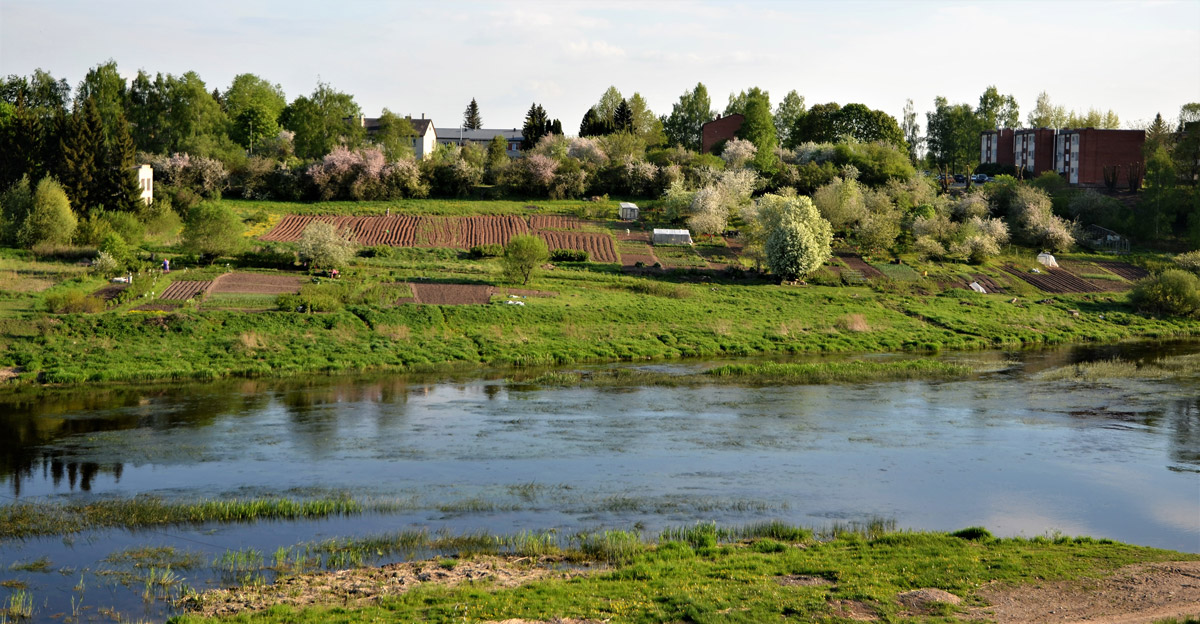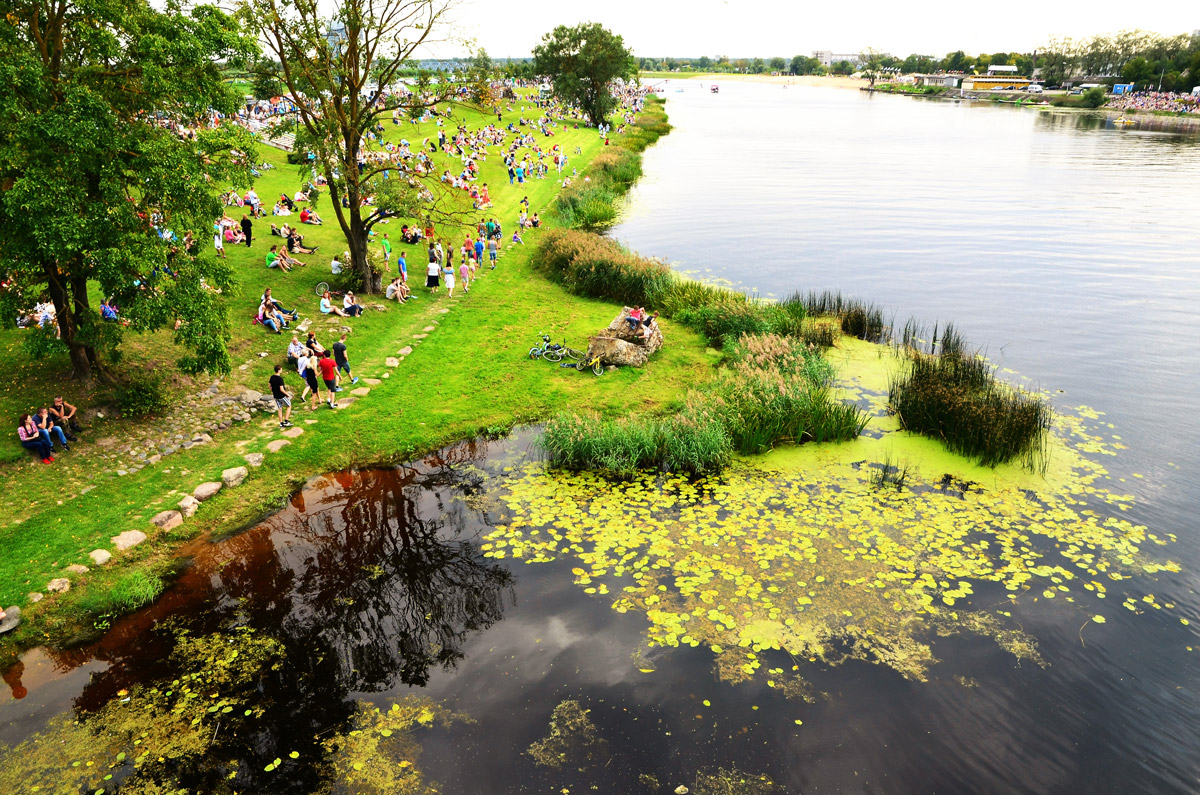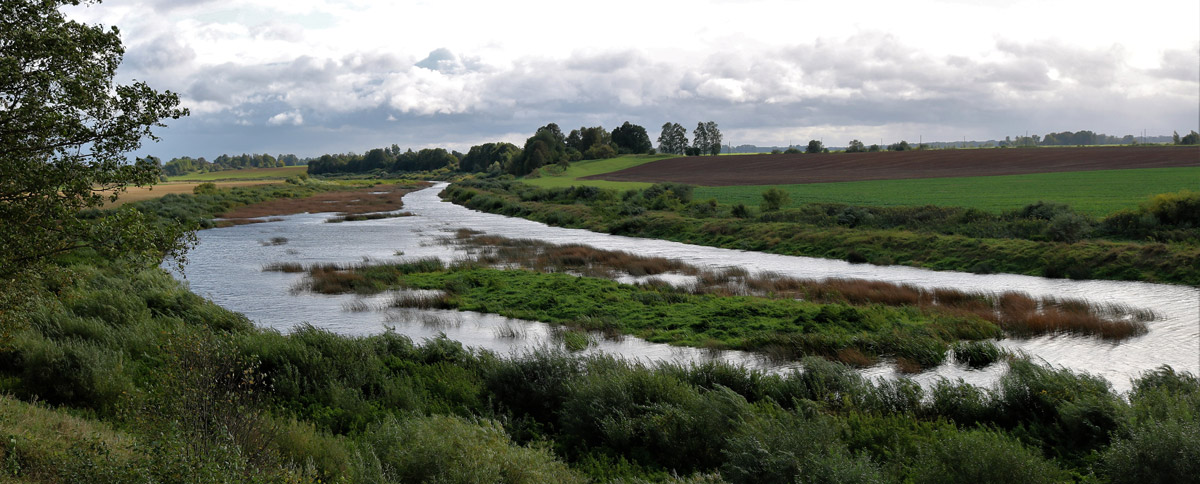Description: The Lielupe CS is located in North-Eastern Europe and includes the 17,788 km2 Lielupe river basin shared between Latvia (8849.3 km2) and Lithuania (8938.3 km2) and is situated in the lowland part of the countries. Around 12% of Latvian population and around 11% of Lithuanian population live in this territory (altogether around 800 000 inhabitants, half of them – in urban areas). Economic activity in Lielupe CS is related to trade and transport services, as well as process industry and public services (authorities and defence, education, health care), and the agriculture sector activities. The basin is predominantly used for agriculture (62%), but also includes large areas of forests (c. 30%) and some urban areas, as well as wetlands and floodplain meadows including nature protected areas and Nature parks. The relief, climate and high soil fertility make suitable conditions for agricultural activities. Agriculture has intensified over the past decades at the cost of natural grassland habitats. Agriculture focuses on the cultivation of crops e.g., cereals, potatoes, and fodder crops, along with dairy farming. During the last decade the area of croplands has increased while meadows and pastures have been reduced. According to the prognosis for development of the agriculture sector by 2050, these trends will be maintained and coupled with increased volumes of fertilisers utilised in line with intensification of agriculture.


Main nexus issues:
- Expansion of arable lands on expenses of grasslands is putting pressure on grassland habitats e.g., loss of semi natural meadows, ultimate decline in biodiversity and the related ecosystem services in the basin;
- Homogenisation of land due to vast areas of continuous arable land fields dimishes the quality of landscape and the stability of ecosystems;
- Heavy fertilisation to increase the crop yield leads to increased nutrient leakage in water courses thus posing a risk of deteriorating water quality and water ecosystem services;
- Alternative income sources such as tourism or recreational activities put additional pressure on the ecosystem, while also small hydropower plants affect the ecological river flows and fish migration negatively;
- Water diplomacy issues (i.e. transnational aspects) also play a role because significant amounts of pollution from Lithuania are transported across the border to Latvia and by adding to the local pollution, deteriorate river water quality and result in excessive loads into the Baltic Sea.

NEXOGENESIS activities in the case study:
- Exploring Nexus approach on the Lielupe river basin scale in Latvia and Lithuania;
- Focus on water, energy, food, ecosystems, land-use and climate in the Nexus context;
- Engaging stakeholders on transnational level to pave the ground for the “river contracts”;
- System dynamics modelling to explore impacts of various policies in the Nexus related fields;
- Application of machine learning and promotion to stakeholders.
